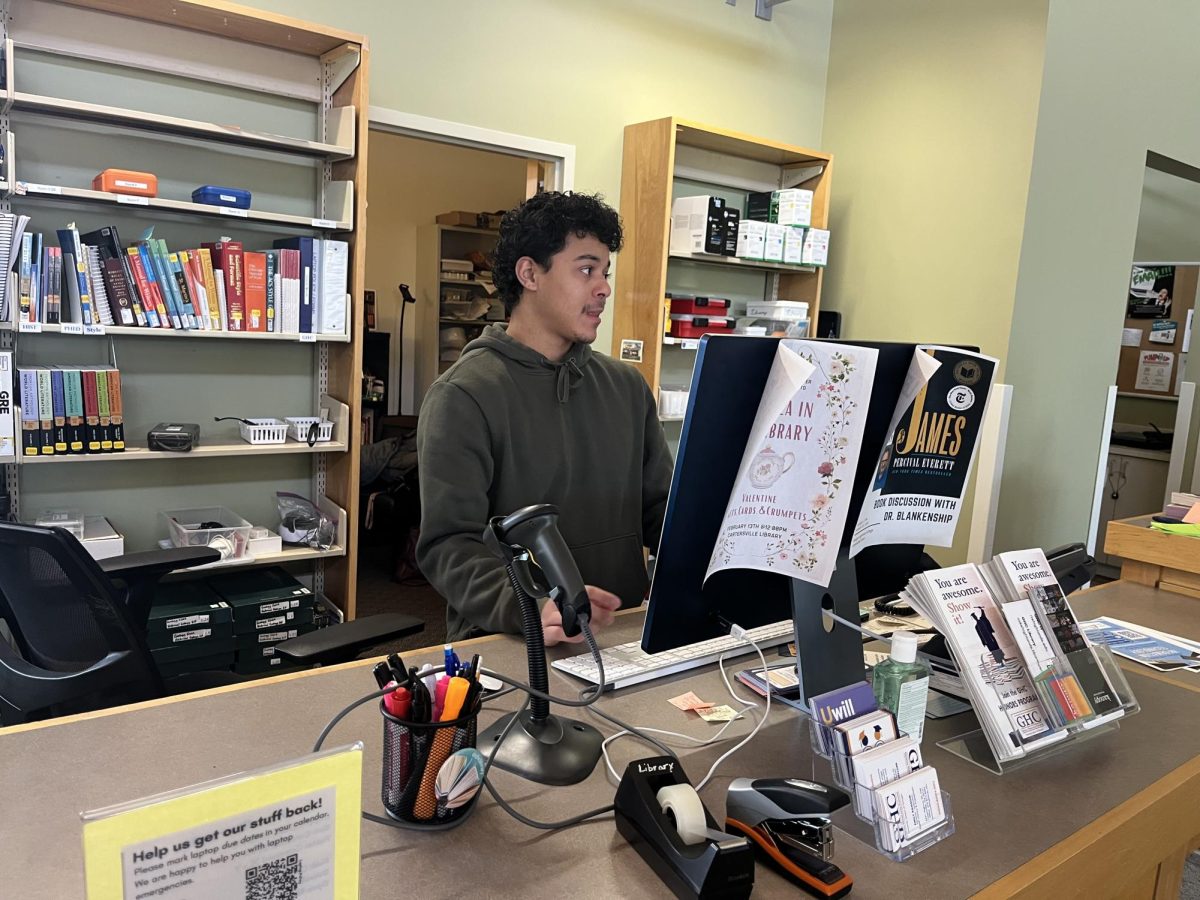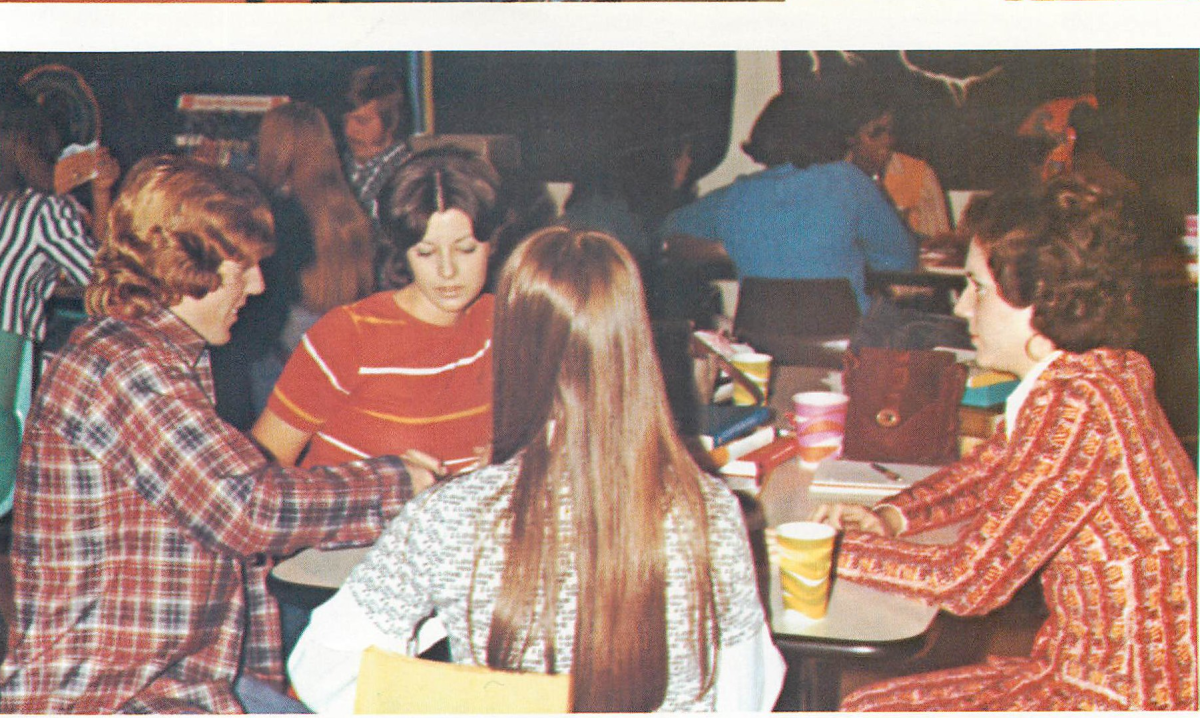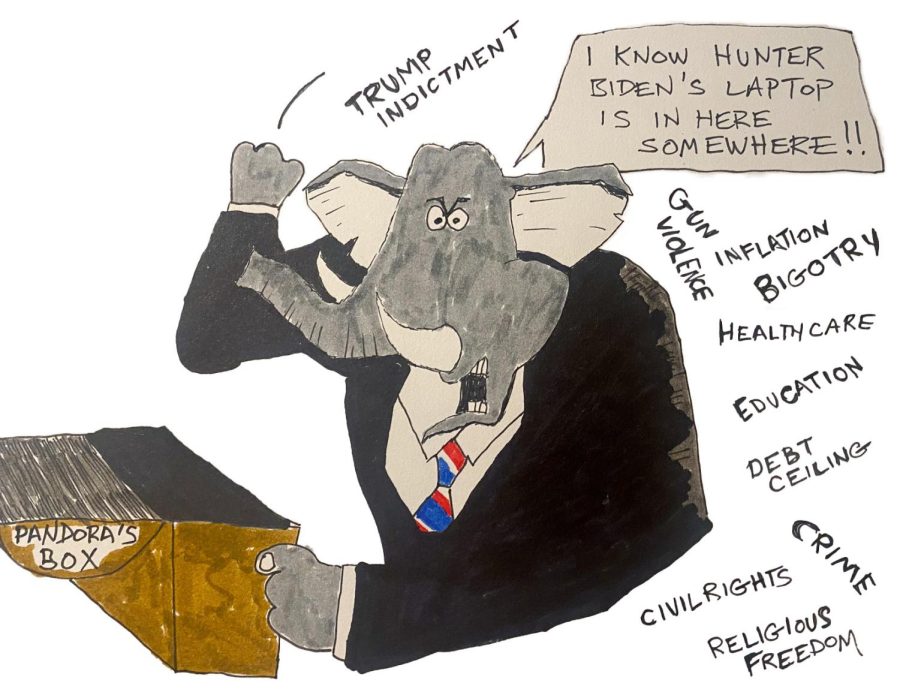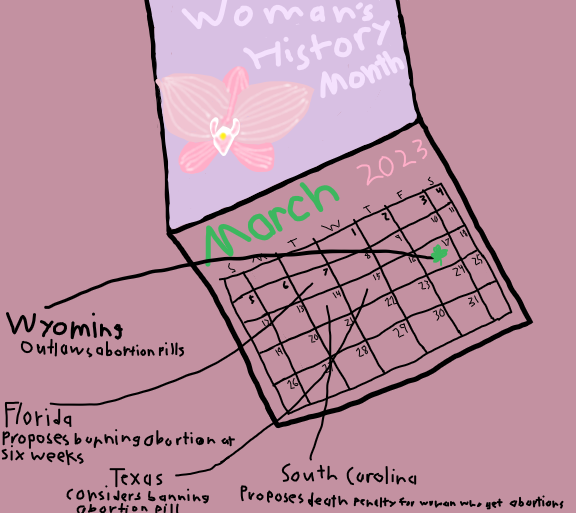Review: ‘Puss in Boots: The Last Wish’ nails anxiety representation
In “Puss in Boots: The Last Wish,” Death follows Puss, causing him severe anxiety. Puss has to learn to accept death as an inevitability so he can live a full life.
February 20, 2023
-Spoiler warning-
After being announced in June 2014, “Puss in Boots: The Last Wish” finally made it to theaters on Dec. 21, 2022, after being delayed by the restructuring of DreamWorks Animation.
It was a blessing in disguise, as the delay allowed the film more time to be perfected in an ever-evolving animation industry that embraces nontraditional styles, realistic characters and stories with deeper and darker themes.
Antonio Banderas and Selma Hayek return to the land of twisted fairy tales, reprising their roles of Puss in Boots and Kitty Softpaws, respectively. Puss embarks on a quest to find a wishing star after he loses eight of his nine lives so he can continue to fearlessly live as “the legend” and get the wolf character named Death off his tail.
Perro, a therapy dog in training, joins Puss, and later Kitty, in the quest for the wishing star. Once they steal the map from Jack Horner, a race for the star begins including Goldilocks and the three bears.
The art style is one of my favorite things about the movie. It is reminiscent of “Arcane” and “Spider-Man: Into the Spider-Verse,” titles that I revere as masterpieces. The vibrant colors are beautiful and make every scene pop. Animation effects such as speed lines and exaggerated expressions imitate comic book graffiti.
Director Joe Crawford describes the art style as “fairy tale painting,” according to Yahoo Entertainment. Viewers can notice brush strokes by looking closely at the surfaces of Puss’ hat, Jack Horner’s coat and even the dirt clouds in the Del Mar giant fight.
Ever since I left the theater, my thoughts have been mostly occupied by the brilliant portrayals of self-reflection, anxiety and thanatophobia—the fear of death.
“Puss in Boots: The Last Wish” does not hold back on mature themes. Puss’ quest for the wishing star is born out of fear of dying, something he had never experienced before Death was able to draw blood during the bar fight. Puss boasted about never being touched by a blade in the opening scene, so the sight of his own blood made him realize “I could die here.”
This experience shakes him so deeply that he retires from being “the legend” to avoid any adventures that could mean his end. He also develops debilitating anxiety, Death’s ominous whistle being his trigger as he stalks Puss at random points in the film. The tune sounds like “Ring Around the Rosie,” a nursery rhyme that references the Black Plague.
The scene of Puss having an anxiety attack in the woods is being praised by those with anxiety disorder and mental-health advocates alike. The portrayal from Puss’ point of view is accurate, especially when Perro applies deep pressure therapy to ground him and he begins to recover.
A character analysis YouTuber, skulltrot, said that the movie took her back a little, in a good way, for how well it portrayed anxiety. She later added that “The way the movie has him manage his anxiety is very grounded in reality.”
“It’s nothing showstopping, it just is. And I think the decision to allow his panic attack to just be what it was ultimately served to make this scene come across as much more raw and gut-wrenching than if it were otherwise,” skulltrot said. “It was very real and it felt very visceral to me as someone who’s dealt with panic attacks before.”
Banderas said that he relates to Puss’ struggle to come to terms with mortality in an interview with Entertainment Weekly. He said that he suffered a heart attack on Jan. 25, 2017, and has come out of the ordeal with a positive outlook, as it forced him to reevaluate what was important in his life. This is similar to Puss’ journey through the movie because he is forced to face his mortality and reevaluate his priorities.
“‘Puss has always seen himself as bigger than he is, but in this movie, we see him very vulnerable,’ he said. ‘It tells the message that we have permission to actually be afraid and just to feel, and sometimes we don’t [have] all the power that we thought that we had, and that is okay. Puss is for all ages and I’m excited for kids to see that heroes can also be in trouble and need help.’”
The portrayals of grappling with one’s mortality and anxieties are fantastic, especially for a children’s movie. Older generations grew up learning that having a mental condition is taboo, but media like “Puss in Boots: The Last Wish” is normalizing that it’s ok to not be ok and to not feel shameful for reaching out for help.
Puss comes to terms with his mortality in the end. He accepts that Death will come for him another day, appreciating his life for what it is and sharing it with the people he cares about. He doesn’t feel the pressure to live up to “the legend,” he can just be Puss.






































































